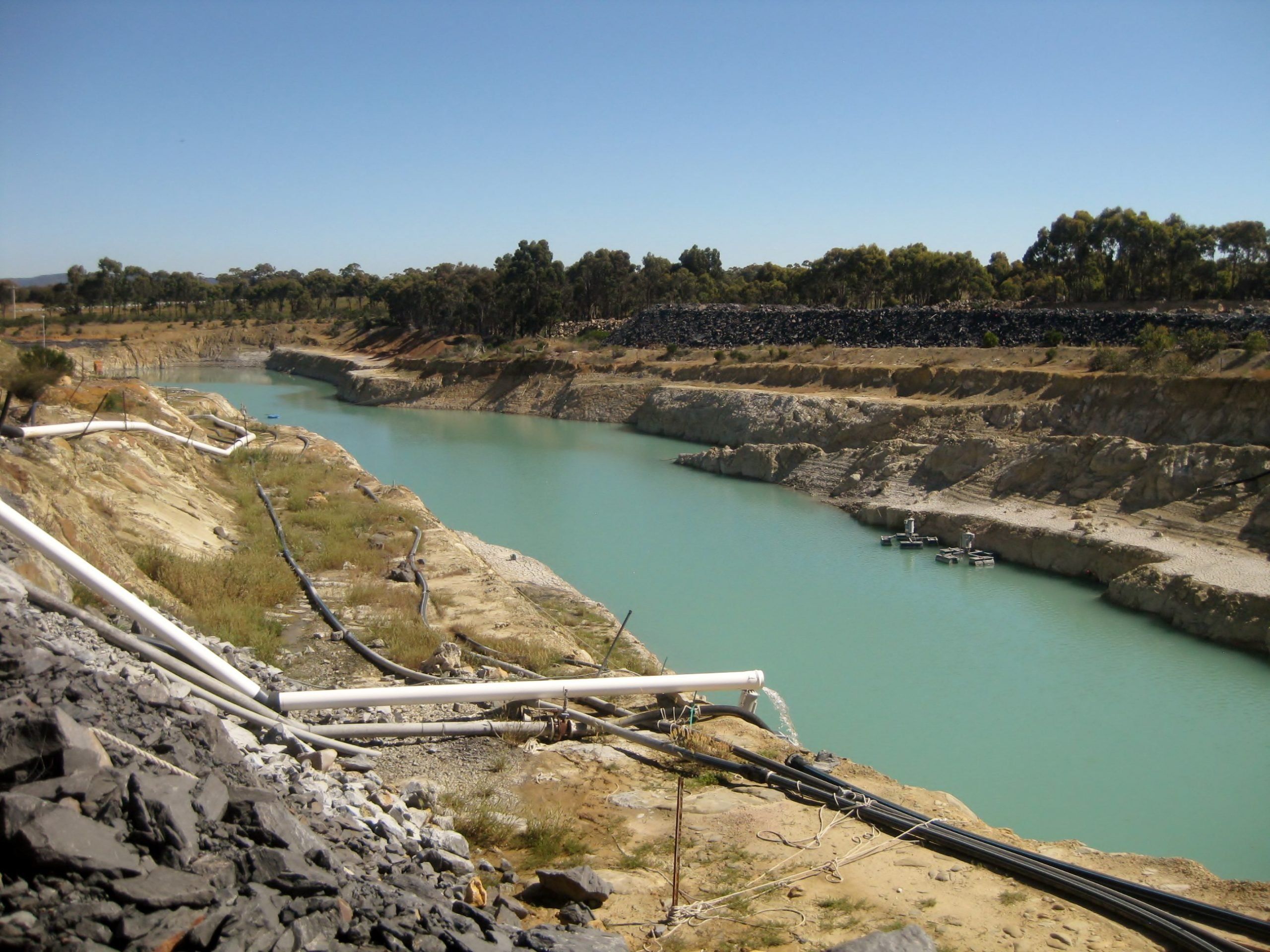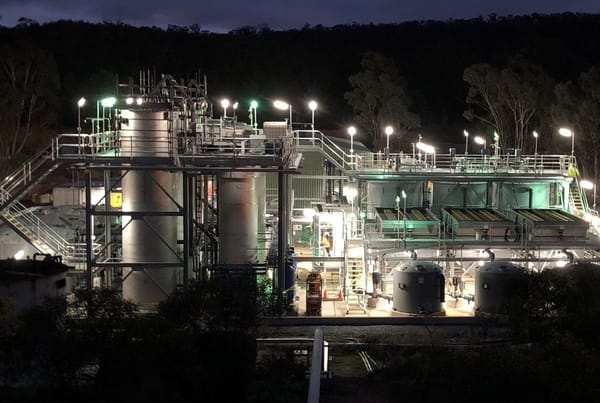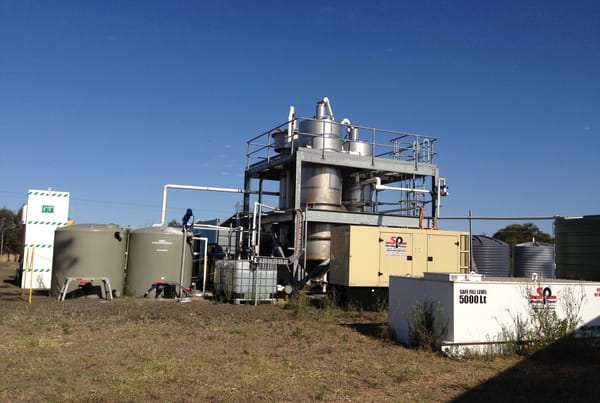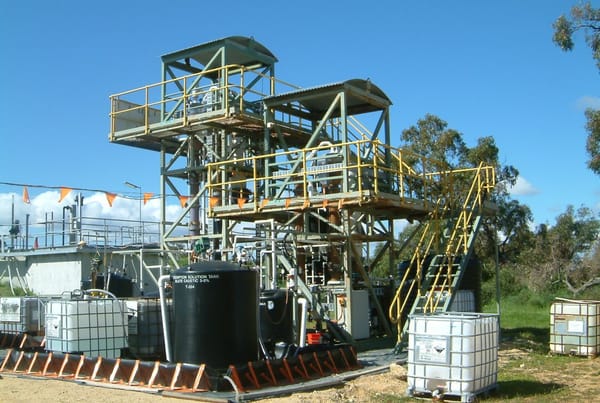Clean TeQ Water’s technologies can desalinate brackish and saline water with over 95% recovery, producing more water for use and less waste.

Desalination is a process that reduces the concentration of dissolved salts water.
Water high with a high salt concentration can come from a range of sources, with the most commonly thought of being the surface water in the ocean. Along with this, ground water sources such as bore water, mining process water, and coal seam gas associated water can all be high in salts.
Depending on the salinity of the feed water and its intended use, a varying amount of salinity will need to be removed. Due to the large energy requirements of conventional treatment methods, desalination is a costly process. Many processes are used to reduce the concentration of salts, mainly focusing on either evaporation/condensation, or membranes/filtration.
Our Technology
Clean TeQ Water’s DESALX® (2-Stage CIF®) technology removes both the anions and cations from the water in a complimentary process, leading to desalinated water with a typical recovery greater than 90% and a smaller waste stream. The process is also fouling resistant and typically operates with lower energy requirements than RO.
Our HIROX® (High Recovery Reverse Osmosis) technology uses CIF® as a pre-treatment for RO, removing ions which limit the recovery rate of RO systems. Using HIROX®, recoveries 95-99% are usually achieved, with the added benefit of using recycled brine from the RO to regenerate the CIF® resins, reducing chemical costs. The system is also fouling resistant and requires less RO stages, operating with a lower energy requirement than RO alone.


